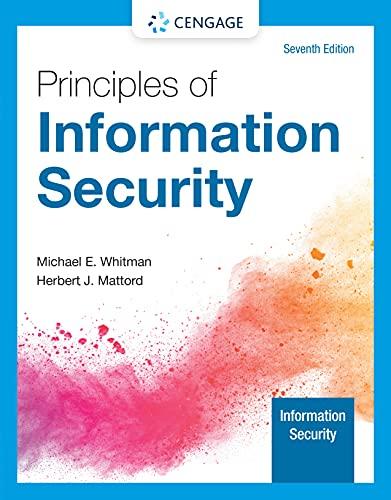I. Describe how symmetric encryption uses the same key, also known as a secret key, to encrypt
Question:
I. Describe how symmetric encryption uses the same key, also known as a secret key, to encrypt and decrypt a message.
II. Analyze the efficiency of symmetric encryption methods as they only require minimal processing to either encrypt or decrypt the message.
III. Distinguish the drawback with this type of encryption is that both the sender and receiver must have the same key to transmit a message between them. Emphasize if either copy of the key is compromised, an intermediate can decrypt and read the messages.
IV. Review the evolution of symmetric encryption cryptosystems and what is commonly used now which is the Advances Encryption Standard (AES).
• The Data Encryption Standard (DES) was developed in 1977 by IBM and is based on an algorithm that uses a key length of 128 bits. As implemented, DES uses a 64-bit block size and a 56-bit key. However, this is an insecure method to use.
• Triple DES (3DES) was developed as an improvement to DES. 3DES encrypts the message three times with three different keys. While it was stronger than DES, it soon proved too weak to survive.
• AES is based on the Rinjndael Block Cipher, a block cipher with a variable block length and a key length of either 128, 192, or 256 bits. This is the most common one used today.
Step by Step Answer:

Principles Of Information Security
ISBN: 9780357506431
7th Edition
Authors: Michael E. Whitman, Herbert J. Mattord





